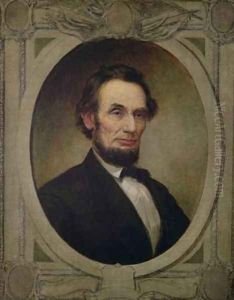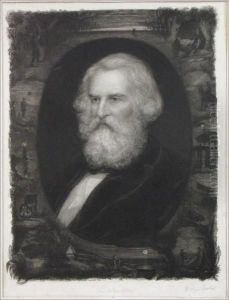William Edgar Marshall Paintings
William Edgar Marshall was an American artist, born on April 18, 1837, in New York City. He is primarily remembered for his achievements as an engraver and portrait painter, distinguishing himself in the art world of the 19th century. Marshall's early life set the stage for his artistic pursuits; he showed an inclination towards art from a young age and sought to develop his skills through dedicated study and practice.
His education in art began in earnest when he moved to Paris, where he had the opportunity to study under some of the most respected artists and engravers of the time. This period was crucial for Marshall, as it allowed him to refine his technique and absorb the nuances of European art, which was instrumental in shaping his distinctive style. Upon returning to the United States, Marshall embarked on a career that would see him become one of the most sought-after engravers of his day.
Marshall's fame was significantly bolstered by his engraving of Abraham Lincoln, a work that captured the essence of the President with remarkable fidelity and emotional depth. This piece, among others, solidified his reputation, making him a prominent figure in American art. Beyond his engravings, Marshall also produced a number of notable paintings, although it is his work in engraving that has left a lasting legacy.
Throughout his career, Marshall was recognized for his ability to blend technical precision with a profound sense of character and emotion, a quality that made his portraits highly valued. His contributions to American art were widely acknowledged during his lifetime, and his works continue to be celebrated for their historical significance and artistic merit.
William Edgar Marshall passed away on July 29, 1906, leaving behind a body of work that continues to be admired for its craftsmanship and depth. His contributions to the field of engraving and portrait painting remain significant, marking him as a key figure in the history of American art.

